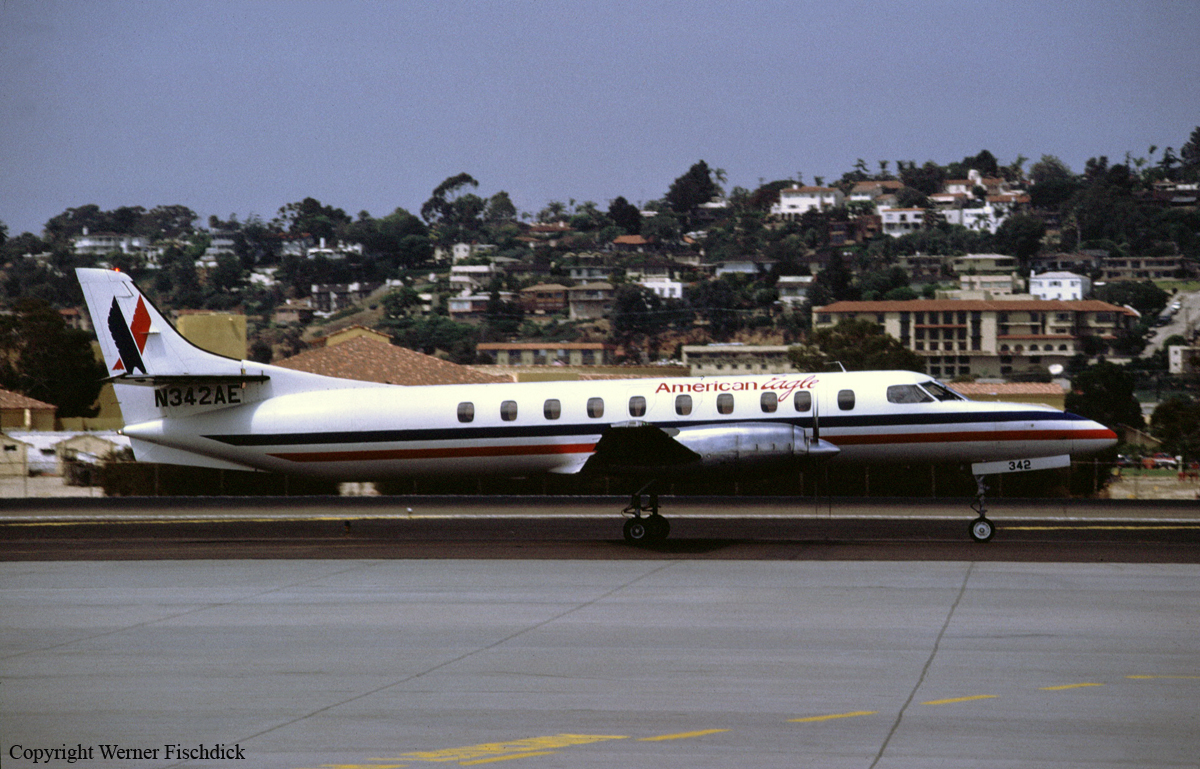Crash of a Beechcraft C90 King Air in Royal: 2 killed
Date & Time:
Jan 3, 1995 at 1817 LT
Registration:
N101GA
Survivors:
No
Schedule:
Hot Springs - Pueblo
MSN:
LJ-11
YOM:
1965
Crew on board:
1
Crew fatalities:
Pax on board:
1
Pax fatalities:
Other fatalities:
Total fatalities:
2
Captain / Total hours on type:
185.00
Aircraft flight hours:
7507
Circumstances:
The pilot obtained a weather briefing, filed an IFR flight plan, and took off at night on a flight from Hot Springs, Arkansas, to Pueblo, Colorado. About one minute later, he advised air traffic control that he needed to return to Hot Springs. He then contacted the airplane operator and said the heater was not working. The operator suggested that he return for repairs. The pilot was then heard to say, 'oh, shoot!' No further radio transmissions were received from the flight. The airplane cut a 400 foot swath through trees, and the wreckage path measured 940 feet. With exception of a heater problem, no pre impact mechanical failure was evident. Both occupants were killed.
Probable cause:
The pilot inadvertently allowed the airplane to descend and collide with trees, after he became diverted by an inoperative cabin heater. Darkness was a related factor.
Final Report:




